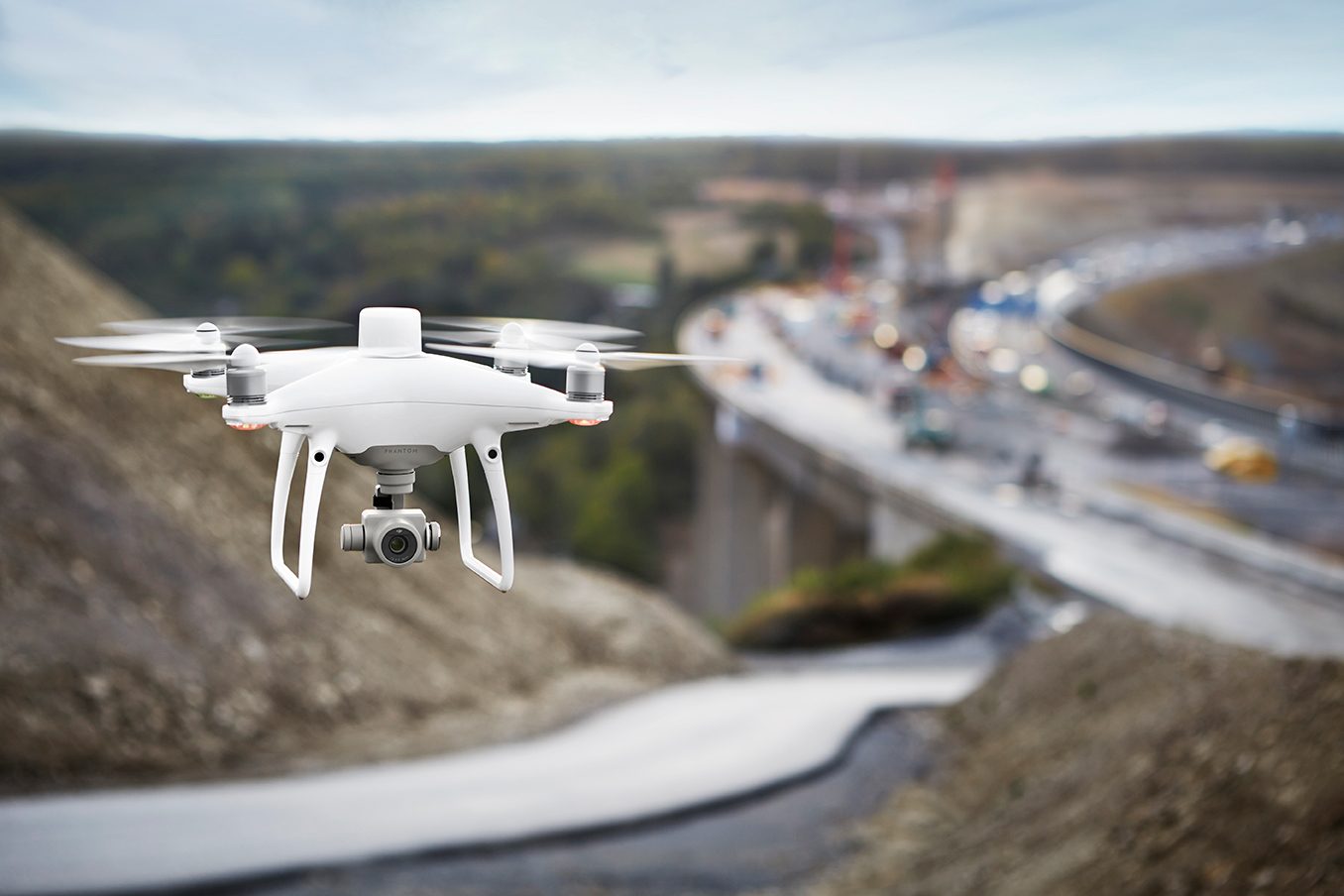

A terrestrial UE is usually served by the main lobe of the base station antenna. Every directional antenna emits radiation also in unwanted directions, known as sidelobes, as illustrated in the figure below. The other effect making the radio environment in the sky different from that on the ground is due to base station antenna sidelobes. The high level of interference might cause a low signal-to-interference-plus-noise ratio (SINR), which might make it difficult for the drone UE to promptly receive and decode mobility management related messages (for example, handover commands). Since the cells share the same radio resources, the increased likelihood of line-of-sight paths to many non-serving cells increases the interference for the drone. The drone, however may have line-of-sight paths to many non-serving base stations in the area as well. The stronger signal strength from the serving base station is desirable. Since the signal propagation in the sky is close to free-space propagation, the signal strength becomes stronger due to the reduced path loss. Radio coverage from base stations to a terrestrial UE and a drone UE.

If the UE moves to a higher altitude, as in the case of a hovering drone, the likelihood of objects obstructing the line-of-sight path becomes much smaller, as illustrated in the figure below. Base stations are often placed in elevated positions, such as on cell towers or on top of buildings. As a consequence, the received signal strength will be considerably weakened at the UE. ChallengesĪt higher altitudes, the two main effects that lead to a different radio environment are close to free-space propagation and antenna sidelobes.įor a terrestrial UE, the signal to and from the base station is often obstructed or diffracted due to objects blocking the direct (line-of-sight) path. In this blog post we dive deeper into these phenomena. There we describe how the radio environment for drones in the sky can be very different from that experienced by terrestrial user equipment (UE). In November 2018, we published a White Paper, Drones and networks: Ensuring safe and secure operations, discussing cellular radio networks and Drone Traffic Management (UTM), the enablers of the drone industry.


 0 kommentar(er)
0 kommentar(er)
